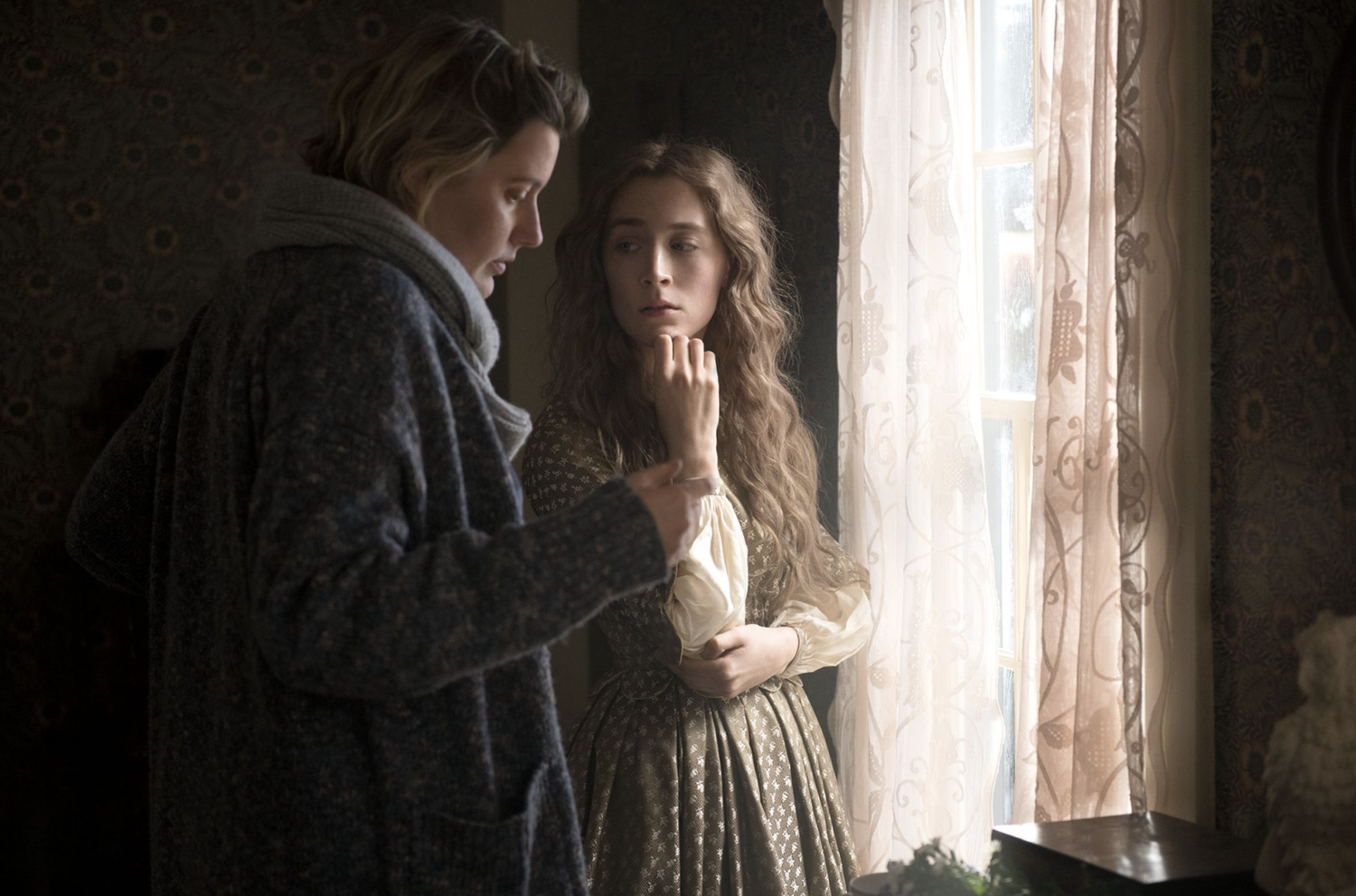
News
Pro-Palestine Encampment Represents First Major Test for Harvard President Alan Garber

News
Israeli PM Benjamin Netanyahu Condemns Antisemitism at U.S. Colleges Amid Encampment at Harvard

News
‘A Joke’: Nikole Hannah-Jones Says Harvard Should Spend More on Legacy of Slavery Initiative

News
Massachusetts ACLU Demands Harvard Reinstate PSC in Letter

News
LIVE UPDATES: Pro-Palestine Protesters Begin Encampment in Harvard Yard
Women Director Spotlight: Greta Gerwig

Greta Gerwig, despite only solo-directing two films, has become a mighty force in the industry. With additional experience in acting, screenwriting, and producing, her list of accolades has grown into the hundreds, including Oscar nominations for the coming-of-age masterpieces “Lady Bird” and “Little Women.” She is beloved by audiences, aspiring filmmakers, and actors alike, admired for her creativity and — most importantly — kindness.
Given the amount of praise that Gerwig has received for her skill in screenwriting and directing, it may come as a surprise that she never attended film school. After graduating from Barnard College with a degree in English and Philosophy, Gerwig’s cinematic education came from acting in a niche known as “mumblecore” — low-budget independent films with narratives that prioritize dialogue and focus on the lives of young characters. It was not until she acted opposite Ben Stiller in the 2010 film “Greenberg,” written and directed by her now-partner, Noah Baumbach, that she achieved any mainstream recognition. The roles that followed allowed her to master and ultimately move beyond the art of playing the quirky best friend, culminating in the critically acclaimed 2012 film “Frances Ha,” which she starred in and co-wrote with Baumbach.
Gerwig made her solo directorial debut with “Lady Bird” in 2017. The film reflects her mumblecore roots, portraying a distinct version of American youth in her hometown of Sacramento with realistic dialogue and simple cinematography. As an actor-turned-director, her creative process relies heavily on frequent communication and interaction with the actors on set. She has a knack for bringing out an actor’s best performance, encouraging the integration of their own personality with that of their character. This openness extends to Gerwig’s efforts to keep the set playful, evidenced by a video of her directing Saoirse Ronan and Lucas Hedges on “Lady Bird.” Gerwig and crew members belly laugh as she passionately shouts “Collapse a little bit closer! Collapse that way! Go run! Yes!”
The atmosphere of Gerwig’s sets is so supportive that it keeps renowned actors coming back and attracts new stars as well. Both Ronan and Timothée Chalamet returned after “Lady Bird” to star in her second film, an adaptation of Louisa May Alcott’s “Little Women.” Much like her directorial debut, the film explores the intricacies of family relationships and the difficulties that arise with growing up. The success of “Little Women” lies in Gerwig’s attention to detail. She spent hours with the star-studded cast to get the pace of conversations just right. They rehearsed the overlapping lines that mimic the chaos of large family discussions until, almost like a piece of music, everyone knew exactly when to interject.
Another example of Gerwig’s nuanced vision is the use of warm and cold filters to convey the time frame of different scenes. Those that take place during the March sisters’ childhood are cast in a warm filter, which Gerwig wanted to reflect the joy and innocence of youth. In contrast, a colder filter is laid over the scenes that show the March family later in life, disillusioned by the transition into adulthood.
Gerwig’s spin on the 19th-century tale was even more unique by its engagement with the queer subtext of Alcott’s original work. The director told “Advocate” that she chose to emphasize the gender fluidity of Jo and Laurie, made more noticeable by their exchange of vests and other items of clothing throughout the film. Gerwig also wanted to highlight the undertones of bisexuality in Jo’s character, accentuating the moments when Jo expresses her desire to love who she loves without bounds.
In many ways, some more intentional than others, Gerwig has become an advocate for women’s progress in the film industry. First and foremost, her films tell the stories of women in a remarkably raw and unrestricted way. “Lady Bird” places the empowerment of women and importance of female relationships at its forefront, and “Little Women” embodies the frustration that women feel toward societal limitations and pressures. Gerwig writes female characters who are both vulnerable and strong, encouraging independence while also recognizing the fundamental desire to love and be loved.
When Gerwig was disappointingly left out of the Best Director category at the Academy Awards in 2020, the snub brought more attention to the lack of recognition of women directors. Much like Jo, her creativity was undervalued in comparison to her male counterparts. Gerwig is an example of how far women behind the camera have come, but also of how much progress is yet to be made. Her directorial skill, brilliant screenwriting, prioritization of a comfortable workplace, emphasis on the importance of women’s stories, and experience balancing a thriving career with motherhood makes Gerwig an inspiration to female filmmakers everywhere.
Gerwig’s upcoming projects include another collaboration with Baumbach on a film called “White Noise,” as well as a live-action “Barbie” starring Margot Robbie.
—Staff writer Nina M. Foster can be reached at nina.foster@thecrimson.com.
Want to keep up with breaking news? Subscribe to our email newsletter.
